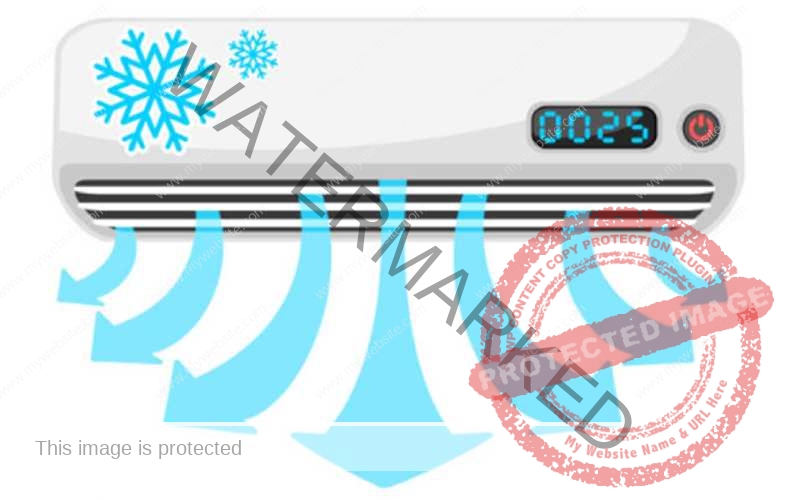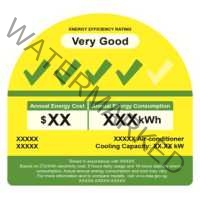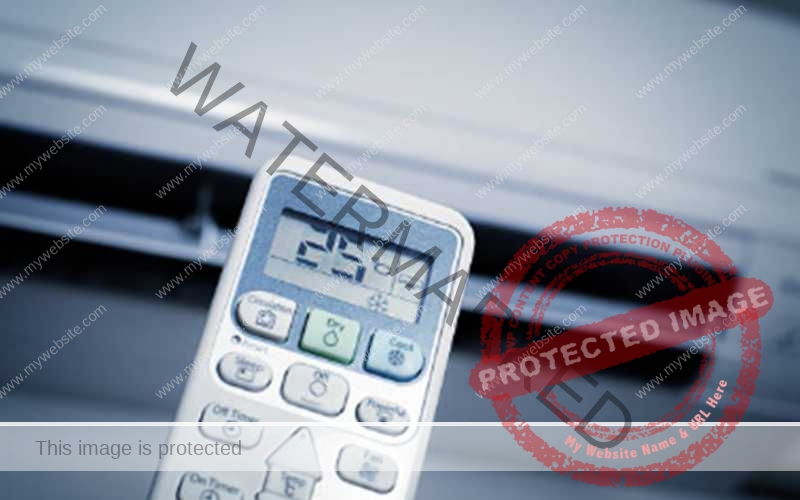
Stay Cool and Save Money
Air conditioning is a modern-day essential. Running an air conditioner can significantly impact your energy consumption and costs.
In this article, we will explore how to identify energy-saving air conditioners, provide practical tips to cut energy costs, guide you on cooling your house efficiently, and advise you on the best air conditioning settings and temperatures. By following these guidelines, you can enjoy a cool and comfortable home while being mindful of your energy consumption.
Identifying energy-efficient air conditioners:
Energy efficiency should be considered when choosing an air conditioner. When looking for energy efficient air conditioners, consider the following factors:
a) Energy Star certificate:
When buying an air conditioner, look for the Energy Start label certificate. Energy Star certified units meet strict US Environmental Protection Agency (EPA) guidelines and can save you up to 15% on cooling costs compared to non-certified models.
b) SEER rating:
Seasonal Energy Efficiency Ratio (SEER) measures the cooling capacity of an air conditioner divided by its energy consumption. Higher SEER ratings indicate better energy efficiency. Choose appliances with a SEER score of 14 or higher for optimal energy savings

c) Inverter technology:
Air conditioners with inverter technology adapt the speed of the compressor to the cooling demand, resulting in reduced energy consumption. Consider devices equipped with this technology to save on energy costs.
Tips for saving energy.
Beyond choosing an energy-efficient air conditioner, there are several tips and practices you can implement to reduce your energy consumption and cooling costs. Here are some effective strategies:
a) Set the temperature carefully:
Aim for comfortable temperatures and not unnecessarily low temperatures. For every degree you raise the thermostat, you can save about 3% on your cooling costs. Consider setting the thermostat to 25°C (78°F) during the day and slightly higher at night.

b) Use of programmable thermostats:
Programmable thermostats allow you to schedule the temperature settings according to your needs. Maximize the use of your air conditioner by setting higher temperatures when you're not at home and turning them down before you return.
c) Maximizing natural ventilation:
Use natural ventilation methods to cool your home before using the air conditioner. During cooler times of the day or evening, open the windows to let in fresh air. Use ceiling fans to improve air circulation.
d) Appropriate insulation and sealing:
Make sure your home is properly insulated and sealed to minimize heat transfer. Insulate your walls, seal gaps around windows and doors. This helps maintain a cool comfortable indoor temperature and reduces the load on your air conditioner.
e) Maintain and clean your air conditioner:
Clean or replace air filters regularly to ensure optimal air circulation and energy efficiency. Schedule quarterly air conditioning service and maintenance checks to keep your air conditioner running smoothly.
Cool your home efficiently. Cooling your home effectively requires a combination of smart habits and strategic approaches. Here's how you can effectively cool your home while reducing energy consumption:
a) Close curtains and blinds: Close curtains and blinds during the day to protect from sunlight and avoid heat. This simple step can greatly reduce the energy load on your air conditioner.
b) Use fans efficiently: Ceiling fans or portable fans can help circulate cool air in your home. They create a wind-chilling effect that makes you feel cooler without relying on air conditioning. Use fans in conjunction with the air conditioner to increase its cooling efficiency.
c) Zone Cooling: Consider cooling specific areas of your home as much as possible, rather than the entire home. Close doors to unused spaces and focus your cooling efforts where they are needed most. This approach will reduce the overall energy consumption of your air conditioner.
d) Reduce heat sources: Appliances and electronics generate heat and contribute to the overall temperature of your home. Minimize heat sources by using them and turning them off when not in use. Consider using energy-efficient appliances that produce less heat.
e) Use heat-reflective window shades: Install film or shades that reflect heat and block harmful UV rays. These treatments help prevent heat gain from the sun and maintain a cooler indoor climate.
The best air conditioning and temperature settings
Finding the right air conditioning and temperature settings can make a significant difference in energy use and comfort. Follow the instructions below:
a) Optimum Temperature: Aim for a temperature that balances comfort and energy efficiency. In general, it is recommended that the thermostat be set around 25°C (78°F) during the summer months. However, personal preferences may vary. Adjust the temperature to your comfort level.
b) Use fan mode: Use the fan mode of your air conditioner to circulate cool air without turning on the refrigeration compressor. This configuration consumes less energy while maintaining a comfortable indoor air flow.
c) Avoid extreme temperature changes: Do not set the air conditioner to a very low temperature for your house cools down faster. While this won't cool your home any faster, it will use more energy unnecessarily. Instead, be patient and set your air conditioner to a moderate temperature.
d) Night cooling: Take advantage of cooler night temperatures by opening windows and allowing natural ventilation. If the outside air is colder than your indoor temperature, turn off the air conditioner and let the fresh air cool your home while you sleep.
With the right knowledge and experience, you can enjoy the comfort of cool air conditioning while reducing your energy consumption and costs. By identifying energy-efficient air conditioners, implementing energy-saving tips, cooling your home efficiently, and adjusting your air conditioning settings wisely, you can create a cool and comfortable space without using as much energy.
Remember that small changes and habits can add up to significant energy savings over time. Stay calm, save money and contribute to a more sustainable future.
